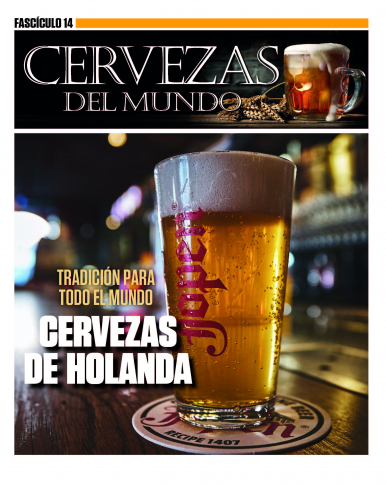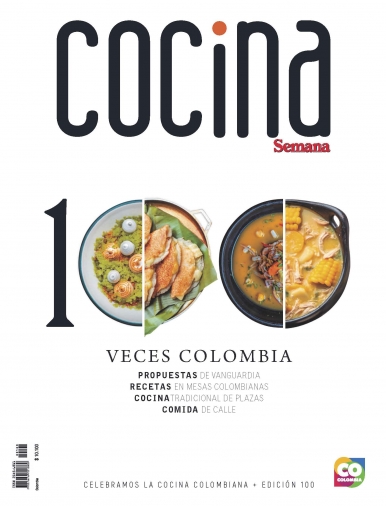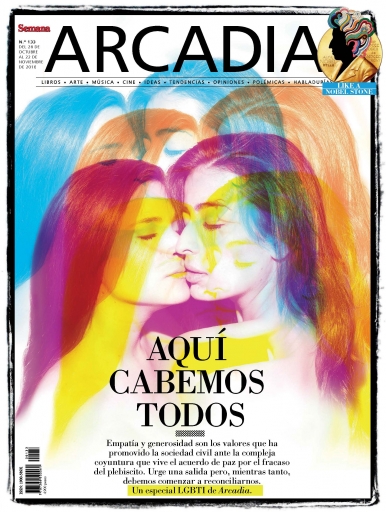Por:
|
Fecha:
2014
Hummingbird tongues pick up a liquid, calorie-dense food that can- not be grasped, a physical challenge that has long inspired the study of nectar-transport mechanics. Existing biophysical models predict optimal hummingbird foraging on the basis of equations that assume that fluid rises through the tongue in the same way as through capillary tubes. We demonstrate that the hum- mingbird tongue does not function like a pair of tiny, static tubes drawing up floral nectar via capillary action.
Instead, we show that the tongue tip is a dynamic liquid-trapping device that changes configuration and shape dramatically as it moves in and out of fluids. We also show that the tongue–fluid interactions are identi- cal in both living and dead birds, demonstrating that this mechan- ism is a function of the tongue structure itself, and therefore highly efficient because no energy expenditure by the bird is required to drive the opening and closing of the trap.
Our results rule out previous conclusions from capillarity-based models of nectar feeding and highlight the necessity of developing a new biophy- sical model for nectar intake in hummingbirds. Our findings have ramifications for the study of feeding mechanics in other nectari- vorous birds, and for the understanding of the evolution of nectar- ivory in general. We propose a conceptual mechanical explanation for this unique fluid-trapping capacity, with far-reaching practical applications (e.g., biomimetics).



